This article has been edited post publication to correct the use of a doctored cartoon. Please see the addition below.
No genuine court in a democratic country would deny the right in law of the South African Jewish Report to describe the cartoon below, issued by the anti-Israel group, the Boycott Divestment Sanctions Coalition (BDS), as anti-semitic.
However, my fellow Opinionista, Glenda Daniels – associate professor of media studies at Wits University and an executive of the South African Press Council – has supported the Press Council’s expulsion of the SA Jewish Report, claiming Jewish Report’s assertion of anti-semitism is not factual and is merely opinion, a claim the Jewish Report refuses to accept.
This cartoon of a fat white man stuffing his jowls with money feeds into a long history of anti-semitic images which display caricatures of an obese Jewish man in the context of a mass of money. The court would only need to consider this issue in the context of the images below, the context in which they were issued and the present-day context of the BDS campaign.
See, for example, the caricature below issued by Hitler’s Nazi party in Germany in 1930.
Published in the Nazi newspaper, Der Stürmer, edited by Julius Streicher, this image is described on the site of the Bulmash Family Holocaust Collection as “A pencil drawing of an obese Jewish man wearing many medals, including the Star of David, smoking a cigar”.
Streicher was a central figure in Nazi propaganda promoting the Holocaust, who, as Wikipedia reports, was “convicted of crimes against humanity” at the end of the Nuremberg trials. He was executed in 1946 as “the first member of the Nazi regime held accountable for inciting genocide”.
It is easy to see how central this kind of image was in Nazi propaganda when one compares it with the poster below, issued by Hitler’s regime in 1941 after it invaded the Soviet Union. Now kept in archive in the United States Holocaust Memorial Museum, the poster — also issued as a handbill — is described as “Poster with a caricature of a fat Jewish banker as a product of Bolshevik revolution.” The caricature of an obese and clearly wealthy Jewish man, attended by Hebrew script and the Star of David, is central to this tradition of anti-semitic images.
Another image below, showing an obese, hook-nosed man sprawling on a huge pile of money inscribed with the German word “GELD” (money), was one of a number of images shown in the Jewish Museum in London between March and October 2019 in its exhibition, “Jews, money, myth.” Hook-nosed figures in black hats and black coats are shown in the background. The word “Börse” at the top of the picture is German for “stock exchange”. The text in German beneath the drawing, “Der Gott des Juden ist das Geld”, means “money is the god of the Jews.”
A caricature published in France in 1900, at the time of the anti-semitic trial of the French military officer, Alfred Dreyfus, was shown in the same exhibition in London. It shows Baron James de Rothschild as a dog hoarding bags of money. The image makes it clear that this kind of racist imagery was not confined to Nazi Germany.
This racist meme now continues, globally, into the 21st century. Dated 25 August 2009, a US cartoonist, Ben Garrison, born in 1957, produced the anti-semitic caricature below of a Jewish man holding a wad of dollars, under the heading “I am the great and powerful wizard of debt.” The image on the right has texts stating “Jewish wealth and power” and “Jewish money sack.”
Garrison’s Wikipedia entry states: “A number of his cartoons have been controversial; he has been widely characterised as sexist, racist, homophobic, transphobic, Islamophobic, anti-vaccine and anti-semitic by various media commentators, including by the Anti-Defamation League.”
In an article on Politicsweb, headed “The SAJR vs the Press Council: What’s going on?” (2 June, 2022), Jeremy Gordin reported that in October 2020, the SA Jewish Report “ran a story about a cartoon that — for its editors (and it was therefore presumed for its readers), for others, and for at least one world ‘expert’ — was clearly anti-semitic.
“It depicted a fat, gross man shovelling money into his mouth — and looked like so many other anti-semitic cartoons of this sort used by the Nazis and others.”
Gordin pointed out that the cartoon “related to a labour dispute at Clover Dairy, where the union Giwusa was leading a strike after Clover had been permitted by the Competition Commission and the department of trade and industry to be owned by Central Bottling Company (CBC), in turn owned by Milco, an Israeli concern allegedly operating in Israel’s occupied territories.”
After the SA BDS Coalition published the cartoon on its Facebook page, the Jewish Report re-posted the cartoon at the head of an article by Tali Feinberg, under the heading “Antisemitic Clover cartoon is BDS’s sour ‘last gasp’” (6 November 2020). Feinberg argued that the BDS movement had always insisted that it isn’t anti-semitic, but the newly formed SA BDS Coalition had “showed its true colours this week by posting what clearly looks like an anti-semitic cartoon on its Facebook page”.
The cartoon had been posted, she noted, “to encourage South Africans to boycott Clover Industries after about 2,000 workers at the dairy company went on an indefinite nationwide strike. It depicts a greedy, overweight giant of a man eating a pile of money while the ‘man on the street’ is drawn as a small, insignificant figure sitting in front of an empty plate. The image of a Clover product fills the rest of the frame.”
Feinberg noted that a caption on BDS Coalition’s Facebook page stated: “Greedy bosses connected to apartheid Israel. Blood-curdling milk [and cheese, yoghurt, etc.]. Every reason to boycott Clover! Change your brand. Viva Giwusa … and the struggle for a living wage!”
She cited the BDS Coalition’s denial that the image was anti-semitic, with its claim that they were “very concerned at the SA Jewish Report’s assumption that the portrayal of a greedy capitalist is a portrayal of a Jew. Insinuating that any fat capitalist is Jewish is, without question, an anti-semitic assumption!”
On the contrary, the political opposition of the BDS Coalition to what it described as “apartheid Israel” cannot be separated from its publication of an image in the historic Nazi and anti-semitic culture of a fat man saturated with money as a representation of Jews.
Judge Bernard Ngoepe, chair of the Press Council’s Appeals Panel, who endorsed the expulsion of the Jewish Report, in effect took no account of this historic global culture. (See his appeal decision here🙂
To his great credit, Anton Harber, media professor at Wits University, responded to Judge Ngoepe’s ruling, stating that the drawing published on its Facebook page by the BDS Coalition “clearly draws on a number of ugly anti-semitic tropes and it worries me that that wasn’t recognised by the parties involved. It’s also unfortunate that the SAJR is now outside the PCSA’s self-regulatory framework, which all publications should accept if we’re to have a decent and reliable media. Nobody wins in this situation.”
Can one imagine what the outcry in South Africa would have been if the man in the Facebook caricature had been represented as black? Or as a Muslim?
There is a fundamental issue of justice here. It should be brought to the Constitutional Court. DM
An apology to US cartoonist, Ben Garrison
I was caught out by an antisemitic online fraud artist who had successfully faked an innocent online cartoon by Garrison which was critical of the US Federal Reserve Bank.
I have to apologise to the US cartoonist, Ben Garrison.
In my article in Daily Maverick, “Furore over SA Jewish Report, BDS Clover cartoon and the Press Council — let the ConCourt decide” (12 June 2022), I was caught out by an antisemitic online fraud artist who had successfully faked an innocent online cartoon by Garrison which was critical of the US Federal Reserve Bank. The fraud artist superimposed a racist and Nazi-type smear caricature over Garrison’s online cartoon of a white man representing the US Federal Reserve bank, adding written racist smears stating “Jewish wealth and power” and “Jewish money sack.”
This sadistic and duplicitous attack on Jews and on Garrison — who is completely innocent of what I and many others mistakenly attributed to him — only strengthens my criticism of the Boycott Divestment Sanctions Coalition for entering into this racist 21st century online cult, by posting on its Facebook website its caricature of an obese man eating money with a caption containing the word “Israel.”
I’m very grateful to Terence Corrigan at the Institute for Race Relations for pointing out to me that the cartoonist Ben Garrison was a victim of online Nazi-type fraud and propaganda. It was only then that I saw this explained in an article by Emma Grey Ellis on the website of Wired magazine with the title “The Alt-right found its favourite cartoonist — and almost ruined his life” (19 June 2017).
The image below shows how the fraud on Garrison and the racist attack on Jews was carried out in his name.
As Emma Grey Ellis expains, “Garrison isn’t a Nazi, or a murderer, but the self-described libertarian’s political cartoons have made him a darling of the so-called alt-right…
“Garrison’s cartoons started out as conventionally libertarian, if a bit conspiracy-minded: anti-big bank, anti-Federal Reserve, pro-Ron Paul. But internet anti-Semites (or at least people fishing for a reaction) started splicing Garrison’s work together with the work of Nick Bougas, aka A Wyatt Man, a director and illustrator responsible for one of the web’s most enduring anti-Semitic images.”
It was only after reading Ellis’s article on the Wired website that I learnt about an antisemitic meme called “Happy Merchant”, which Wikipedia describes as “a common name for an image that depicts an antisemitic caricature of a Jewish man”.
In its references for the text about “the Happy Merchant and its variations”, Wikipedia notes an academic study published by Savvas Zannettou and three academic colleagues on the website of Princeton University in the US on 24 November 2019, under the title “A Quantitative Approach to Understanding Online Antisemitism”.
The abstract (or introductory summary) of this detailed and comprehensive study makes a powerful assessment of this 21st century online global revival and adaptation of this Nazi meme, now extended to South Africa.
It states: “a new wave of growing antisemitism, driven by fringe web communities, is an increasingly worrying presence in the socio-political realm. The ubiquitous and global nature of the web has provided tools used by these groups to spread their ideology to the rest of the internet. Although the study of antisemitism and hate is not new, the scale and rate of change of online data has impacted the efficacy of traditional approaches to measure and understand these troubling trends. In this paper, we present a large-scale, quantitative study of online antisemitism.
“We collect hundreds of million posts and images… We additionally examine the prevalence and spread of the antisemitic ‘Happy Merchant’ meme, and in particular how these fringe communities influence its propagation to more mainstream communities like Twitter and Reddit. Taken together, our results provide a data-driven, quantitative framework for understanding online antisemitism. Our methods serve as a framework to augment current qualitative efforts by anti-hate groups, providing new insights into the growth and spread of hate online.”
With my deep apology to Ben Garrison, I repeat my argument that the BDS Coalition’s contribution to the so-called “Happy Merchant” meme is in fact antisemitic, and that the expulsion by the South African Press Council of SA Jewish Report is a dangerous descent for a previously honourable body.
It was my privilege as a young cub reporter on the Rand Daily Mail — and as a journalist subsequently banned from being published in South Africa for a quarter of a century — that I worked under its then news editor and subsequent editor, Raymond Louw (1926-2019). Named a World Press Freedom Hero in 2011 by the International Press Institute, the award cited his “commitment to press freedom and his outspoken defence of journalists’ rights”.
Raymond Louw was chair of the SA Press Council from 2008 to 2013, and then continued as deputy chair. My last correspondence with him was in January 2018, the year before his death.
In my view, he would have been outraged at the Press Council’s expulsion of Jewish Report. DM


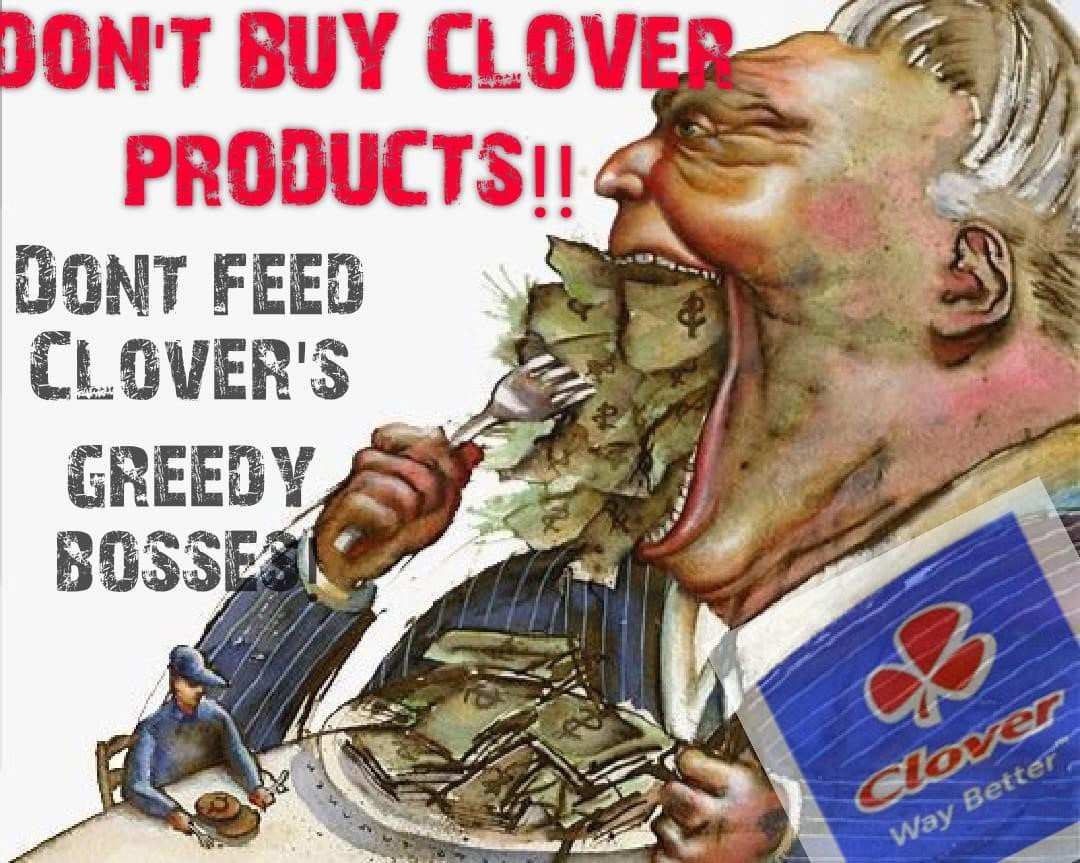
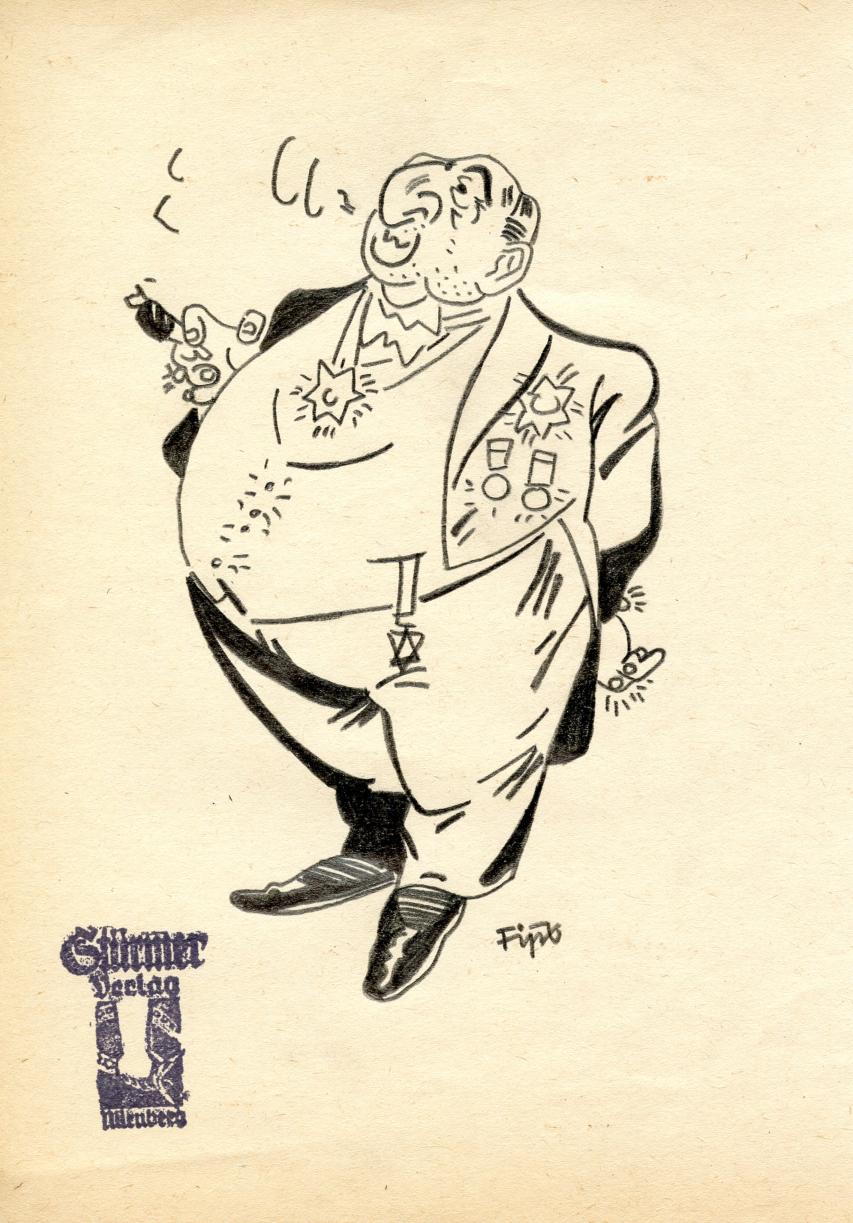
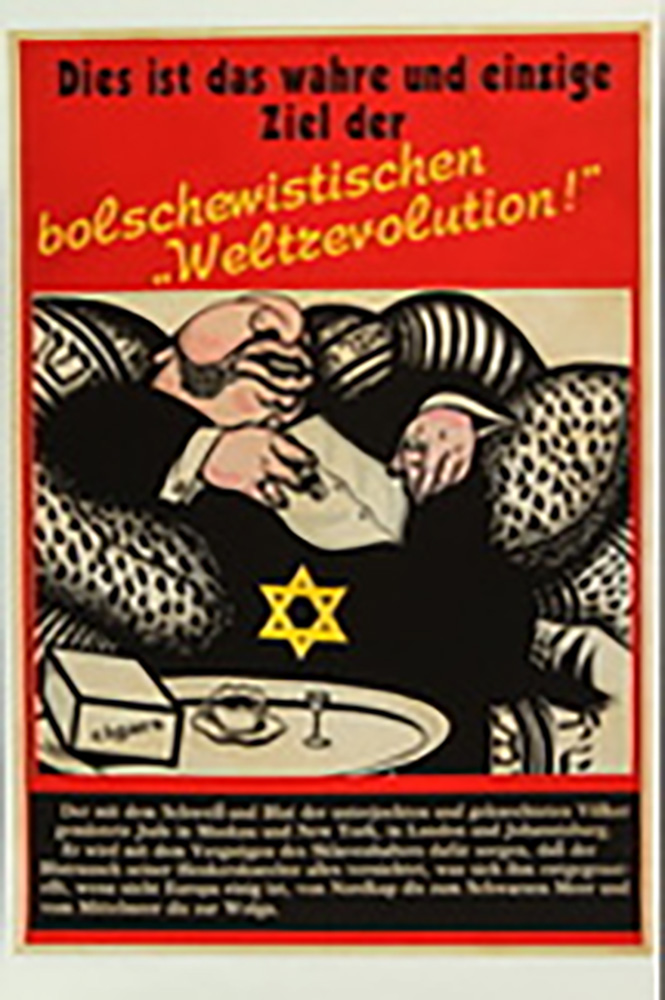
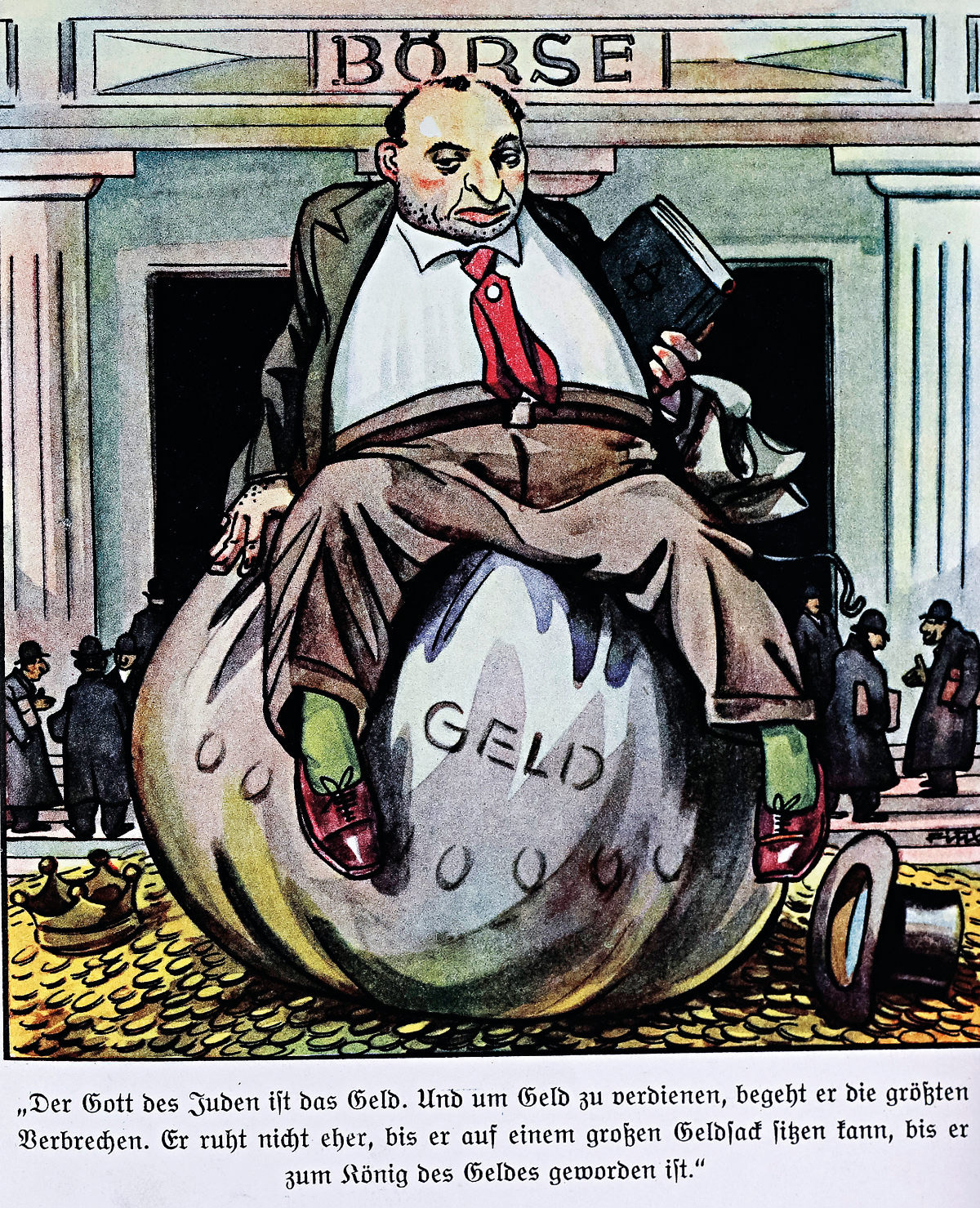
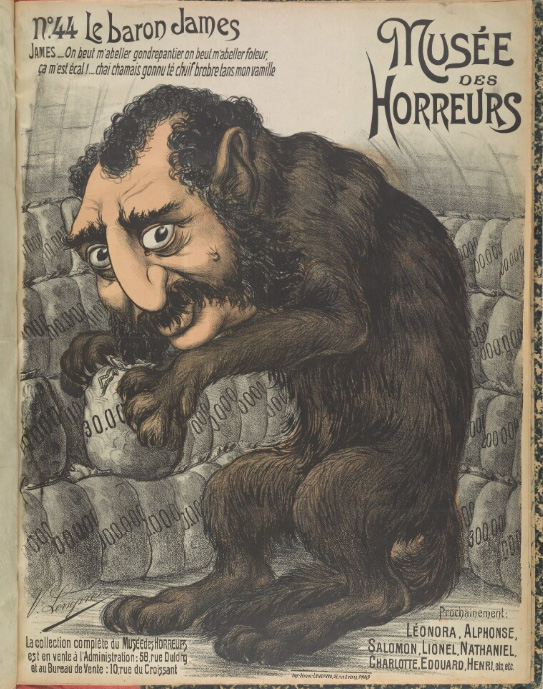
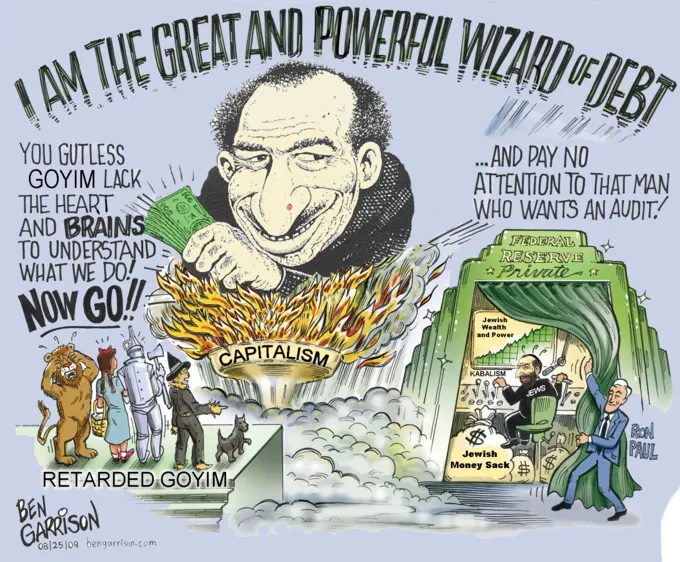
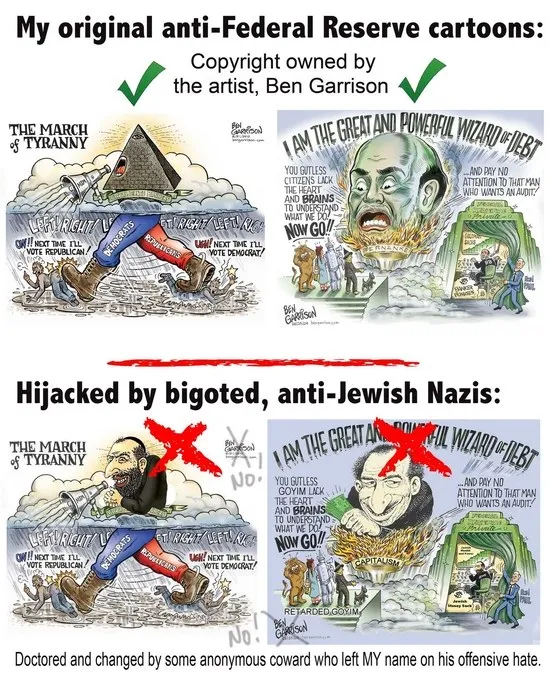















 Become an Insider
Become an Insider
Correct. The Press Council’s decision was naive and ahistorical when it looked at the cartoon in isolation and said there was no indication that fat Capitalist boss, shoving money down his throat while the worker in is shadow had nothing, was meant to be Jewish. The context is the cartoons shown in this article and the fact that BDS and or its new formulation has regularly indulged in naked anti semitism and in this case had been drawing attention to Clover’s Israeli owners. If it talks like a duck etc…….
Only fools cannot see racism when it presented under its many guises.
What is really sad, is when the oppressed become the oppressors, denying their new found oppression.
I am allowed to abuse you because you abused me.
I am allowed to exclude you from contracts because you excluded me.
This perpetuation of hate, racism, abuse is promoted by the so called liberals because they cannot see beyond their own myopicism.
I really think it will be a waste of money and time to take the clover add issue to the Con Court. The presumption by some equating a “fat white man” to be a “Jewish man” in the cartoon ,is as stated also in my opinion ” not factual and merely an opinion”. Judge Ngoepe’s ruling won’t be overturned.
What is fact though is that White privilege is “fact”. The concept of fat cats in South African society is not foreign at all . To depict white men as such is not strange at all.
What also is fact is that the way Palestinians are treated is worse than the Apartheid State of the nineties in our own backyard.
What about the ‘Hoggenheimer’ carcatures and charaterisation of capitalists used by Afrikaner nationalists in the past? South Africa had its very own versions of the antisemitic cartoons shown. Being home grown are they not more relevant to this discussion?
Indeed
Well said